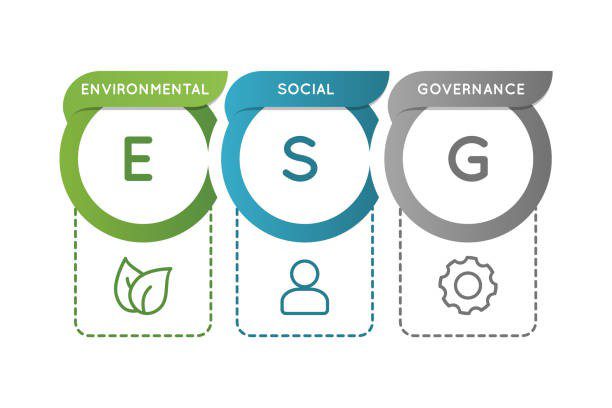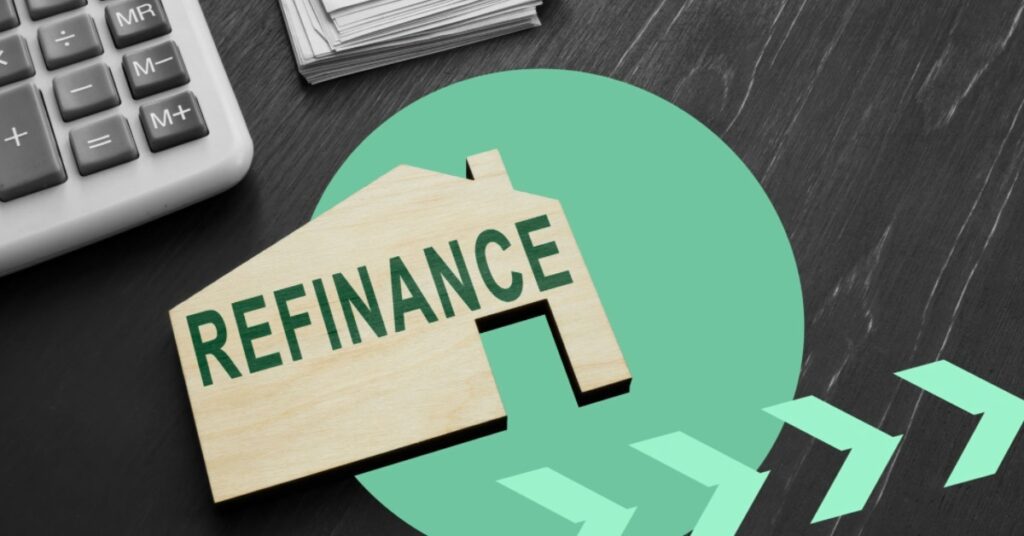Budgeting Money: Best Guide
Budget money for beginners is a challenge. It forces you to confront your spending habits and work to improve them.
But the result is well worth it: peace of mind, financial stability and the ability to reach your goals. Meanwhile, people who don’t budget will often find themselves with out-of-control credit card debt, trouble paying their bills and zero savings.
If you’re creating a budget for the first time, remember that budgets will vary by individual and family. It’s important to set up a budget that’s a fit for YOU.
One of the best and easiest ways to budget your money is with a personalized, real-time budgeting app like Cleo or Rocket Money. More on that later. Let’s start at the beginning.
What Is a Budget?
A budget is a money plan showing your income and expenses. You can use a budgeting app or spreadsheet to track your monthly or weekly spending for each line item against your plan. A good budget includes saving money, no matter what your income level. That’s how you get ahead and avoid living paycheck to paycheck.
How to Budget Money: 5 Easy Steps
Follow these basic steps and tailor them to your needs to create a monthly budget that will set you up for financial success.
Step 1: Set a Financial Goal
Set a short-term or long-term goal. It can be to pay off debts such as student loans, credit cards or a mortgage. It can also be to save for retirement, build an emergency fund, buy a new car, or save enough for a home down payment or a vacation.
For example, creating a budget is a must for many people trying to buy their first home. But it shouldn’t stop there. Once you’ve bought a home, keep sticking to a budget to pay off debt and give yourself some wiggle room for unexpected expenses.
Once one goal is complete, you can move on to another and personalize your budget to fit whatever your needs are.
Step 2: Log Your Income, Expenses and Savings
First, you need a method to track all your monthly expenses and spending item by item.
We recommend a budgeting app like Cleo, Rocket Money or Quicken Simplifi. Cleo is a cheeky chatbot that’s also programmed to help track your spending and crush your bad money habits before they get serious. Rocket Money can help you find unwanted subscriptions, and Quicken Simplifi is fully customizable.
Your other option is to use a spreadsheet with built-in formulas to tally everything up. You can choose a Microsoft Excel spreadsheet, Google Sheets or another budget template. List each expense line by line. This list is the foundation for your monthly budget.
Tally Your Monthly Income
Review your pay stubs and determine how much money you and anyone else in your household take home every month. Include any passive income, rental income, child support payments or side gigs.
If your income varies, estimate as best as you can, or use the average of your income for the past three months.
Make a List of Your Mandatory Monthly Expenses
Start with fixed expenses or monthly expenditures such as your:
- Rent or mortgage payment
- Living expenses like utility bills (electric, gas and water bills), internet and phone
- Car payments and transportation costs
- Student loan payments
- Insurance (car, life and health insurance)
- Child care
- Groceries
- Debt repayments for things like credit cards, medical debt, and so on
Still not sure what a mandatory bill is? Anything that will result in a late fee for not paying the bill goes into this category.
List Nonessential Monthly and Irregular Expenses
Nonessential expenses include entertainment, coffee, subscription and streaming services, memberships, cable TV, gifts, meals out and miscellaneous items — basically, this section is part of your spending money for the month.
Don’t forget to account for expenses you don’t incur every month, such as annual fees, taxes, your car registration, oil changes and one-time charges. Add them to the month in which they usually occur or tally up all of your irregular expenses for the year and divide by 12 so you can work them into your monthly budget.
Review all of your bank account statements and credit card statements for the past 12 months to make sure you don’t miss anything.
Don’t Forget Your Savings
Be sure to include a line item for savings in your monthly budget. Use it for those short- or long-term savings goals, such as building up an emergency fund or making investments.
Figure out how much you can afford — no matter how big or small. If you get direct deposit, saving can be simplified with an automated paycheck deduction. Something as little as $10 a week adds up to over $520 in a year.
Step 3: Adjust Your Expenses to Match Your Income
Now, what does your monthly personal budget look like so far?
Are you living within your income, or are you spending more money than you make? Either way, it’s time to make some adjustments to meet your goals.
7 Ways to Cut Your Expenses
If you are overspending each month, don’t panic. This is a great opportunity to evaluate areas to save money now that you have itemized your spending. Truthfully, this is the exact reason you started to budget regularly!
Here are some budgeting tips to save money each month:
- Cut optional outings like happy hours and dining out. Even cutting a $4 daily purchase on weekdays will add up to over $1,000 a year.
- Consider pulling the plug on cable TV or a subscription service. The average cost of cable is $1,284 a year, so if you cut the cord and switch to a streaming service, you could save at least $50 a month.
- Fine-tune your grocery bill and practice meal prepping. You’ll save money by planning and prepping recipes for the week that use many of the same ingredients. Use the circulars to see what’s on sale, and plan your meals around those sales.
- Make homemade gifts for family and friends. Special occasions and holidays happen constantly and can get expensive. Honing in on thoughtful and homemade gifts like framed pictures, magnets and ornaments costs you less out of pocket even if you need to spend more of your time on them.
- Consolidate credit cards or transfer high-interest balances. You can consolidate multiple credit card payments into one and lower the amount of interest you’re paying every month by applying for a debt consolidation loan or by taking advantage of a 0% balance transfer credit card offer. The sooner you pay off that principal balance, the sooner you’ll be out of debt.
- Refinance loans. Refinancing your mortgage, student loan or car loan can lower your interest rates and cut your monthly payments. You could save significantly if you’ve improved your credit since you got the original loan.
- Get a new quote for car insurance to lower monthly payments. This tool from The Penny Hoarder gathers all your best options together in one place, so you don’t have to waste time browsing endless insurance sites for a better deal. On average, drivers who shop around tend to save $860 per year or more.
Start small and see how big of a wave it makes.
Oh, and don’t forget to remind yourself of your financial goal when you’re craving Starbucks at 3 p.m. — but remember that it’s OK to treat yourself and spend money — occasionally.
What to Do With Your Extra Cash
If you have money left over after paying for your monthly expenses, prioritize building an emergency fund if you don’t have one.
Having an emergency fund is often what makes it possible to stick to a budget. When an unexpected expense crops up, such as a broken appliance or a major car repair, you won’t have to borrow money to cover it.
When you do dip into that emergency fund, immediately start building it up again.
If your emergency fund is fully funded, you can use any extra money outside your normal expenses to reach your financial goals.
Step 4: Choose a Budgeting Method
You have your income, expenses and spending spelled out in a monthly budget, but how do you act on it? As we’ve said previously, one of the best ways is simply to use a budgeting app.
If you prefer to go more manual and follow one of today’s popular budget methods, the 50/20/30 rule is effective if you can pay all your bills with 50% of your income. You apply 50% of your income to living expenses, 20% toward savings and/or debt reduction and 30% to personal spending (vacations, coffee, and entertainment). By handling your budget this way, you can have fun and save at the same time. However, because your basic needs can account for only 50% of your income, this plan is typically not a good fit for those living paycheck-to-paycheck.
Step 5: Follow Through
Budgeting becomes super easy once you get in the groove, but you can’t set it and forget it. You should review your budget monthly to monitor your expenses and spending and adjust accordingly. Review checking and savings account statements for any irregularities even if you set bills to autopay.
If your income increases, try to prioritize saving the extra money. That will help you avoid lifestyle inflation, which happens when your spending increases as your income rises.
The thrill of being debt-free or finally having enough money to travel might inspire you to seek out other financial opportunities or advice. For example, if you’re looking for professional help, set up a consultation with a certified financial planner who can assist you with long-term goals like retirement and savings plans.
FAQs
1. What is a budget?
A budget is a plan that tracks your income and expenses over a certain period. It helps you manage your money, save for goals, and avoid debt.
2. Why is budgeting important?
Budgeting helps you control your spending, save for emergencies, avoid debt, and achieve financial goals such as buying a house, traveling, or planning for retirement.
3. How do I start budgeting if I’m a beginner?
Start by setting financial goals, tracking your income and expenses, adjusting spending to match your income, choosing a budgeting method, and reviewing your budget regularly.
4. What are the best tools to budget money?
You can use budgeting apps like Cleo, Rocket Money, or Quicken Simplifi for real-time tracking. Spreadsheets like Google Sheets or Excel can also work if you prefer a manual method.
5. How do I track my expenses?
Log all your mandatory expenses (rent, bills, loans) and nonessential spending (entertainment, dining out, subscriptions). Include irregular expenses like annual fees or taxes, either in the month they occur or divided across months.
6. How much should I save each month?
Even a small amount, like $10 a week, adds up. Prioritize building an emergency fund first, then allocate money toward short- and long-term goals like debt repayment, investments, or big purchases.
7. What if my expenses exceed my income?
Identify areas to cut costs, such as dining out, subscriptions, groceries, or entertainment. Consider debt consolidation, refinancing loans, or shopping for cheaper insurance options.
8. Which budgeting methods work best?
The 50/20/30 rule is popular: 50% for needs, 20% for savings/debt, 30% for personal spending. Apps or custom spreadsheets can also help manage your personal budget.
9. Can I still treat myself while budgeting?
Yes! Budgeting isn’t about depriving yourself. Include occasional treats in your plan to stay motivated without derailing your financial goals.
10. How often should I review my budget?
Review your budget at least monthly to monitor spending, check for irregularities, and adjust your goals. Review more often if your income or expenses change significantly.
11. How do I avoid lifestyle inflation?
When your income increases, allocate extra money to savings or debt repayment rather than immediately increasing your spending. This keeps you financially secure over time.
12. Do I need professional help with budgeting?
Not always, but consulting a certified financial planner can help with long-term goals like retirement planning, investing, or complex debt management.
Conclusion: Budget Money for Beginners
Budgeting money as a beginner may seem challenging at first, but it is one of the most powerful tools for achieving financial stability and peace of mind. By setting clear financial goals, tracking your income and expenses, adjusting spending, and sticking to a method that works for you, you can take control of your finances. Even small steps—like saving a little each week, cutting unnecessary expenses, or using a budgeting app—can add up to big results over time. Remember, budgeting is not about restriction; it’s about creating a plan that lets you spend wisely, save consistently, and work toward your dreams with confidence.










